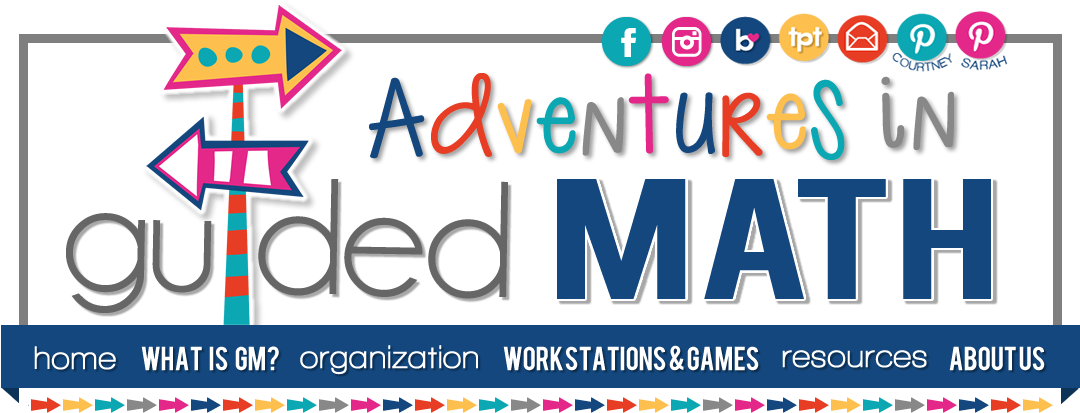Our wonderful adventurers (followers) sent in some thoughtful questions for Dr. Nicki, and her answers have been sent back! Many thanks go out to, Dr. Nicki!
Q1: What are math running records? Can you give an example?
A1: Math running records are a great way to assess the fluency of our
students. They consist of 3 parts: speed and accuracy, flexibility and
efficiency. Remember when you are assessing children, you are not only
concerned with quick facts but also flexibility (strategies) and
efficiency (knowing what to use when). They follow the sequence of
learning facts (for the addition sequence see my blogpost on the Dolch
Words of Math) also see Van de Walle elementary ed math books. Also, I
will be holding an online course about math running records this fall in
August and September.
Q2: Suggestions for using a curriculum (such as Saxon) in a guided math structure?
A2: I would incorporate the
major cluster/priority standards lessons into the guided math
structure. You want to think about what are the absolutely
non-negotiable standards - things that students have to know 100% by the
end of the year... and then teach, remediate, extend those lessons in
the guided math group. I would use the main lesson during the whole
group part and then differentiate in the small group.
Q3: I have been moved to third grade math this year and am concerned with how I would do guided math when I look at the daily math lessons I am to teach. How does a teacher teach the lesson over and over to each group she would pull when the lessons are so involved?
A3: Ok, so as you think about structuring your year, you are not
trying to teach every lesson in the group. You are pulling groups
according to their needs. In the mini-lesson you are working with the
whole class. In your small group you are working with children in their
zone of proximal development, teaching them what they need to learn.
Focus on the priority standards in the group. Also reinforce these in
the workstations.
Q4: What is the most important thing for a teacher to keep in mind about Guided Math when he/she is first starting out?
A4: Start slow! Make sure you know what the other children are doing.
Make sure you have your routines and procedures well established. Make
sure the students have their toolkits. Think about lessons that teach
the priority standards. Remember that you can start by doing 1 or 2
groups a week and then increase the amount as you get familiar with it
and comfortable.
Q5: "Interactive" math journals have exploded on the blog-osphere and Teachers Pay Teachers (cutting and pasting fold out pieces/flaps, coloring pictures to accompany prompts, etc.) How do you feel about using these?
A5: I think they can be potentially very wonderful! You have to
make sure that you aren't just doing cut and paste activities. Make
sure that you are clear about the specific standard you are teaching
(and that the students understand it in the form of an I can statement).
I think if you can put them in a Thinking Notebook, then they can serve
as a resource throughout the year for the students.
Do you have questions about guided math? Please send your questions to us at guidedmathadventures@gmail.com, and we will submit them for Dr. Nicki's second Q & A. Please send your questions by the end of the day on Wednesday, August 6th.
We'll see you tomorrow for chapter 8 of our Guided Math in Action book study!
We'll see you tomorrow for chapter 8 of our Guided Math in Action book study!




Thanks so much for this post. I need to look into math running records. It is on my list. I think it is something I may need to add to my group routine. Thanks so much!
ReplyDeleteEm
Curious Firsties
Dr. Nicki,
ReplyDeleteI saw your book for Math RRs on Amazon. Will it have information and data sheets/RRs for kindergarten? I was going to preorder, but there isn't much in the way of a description, and it's expensive.